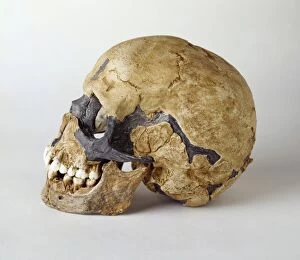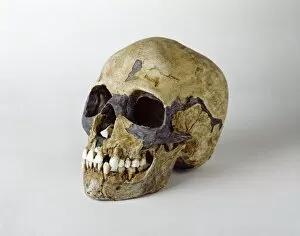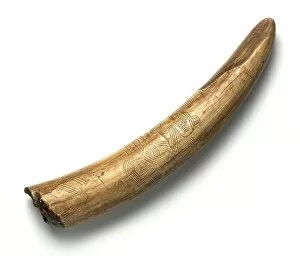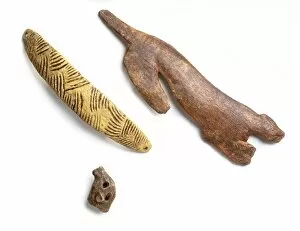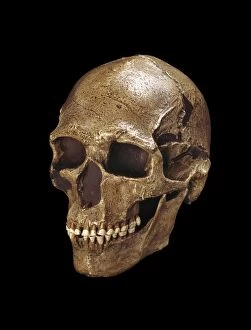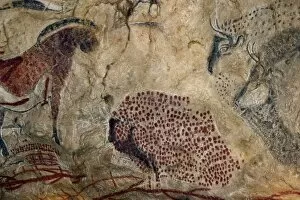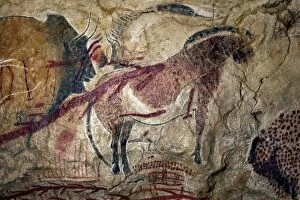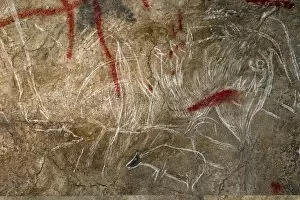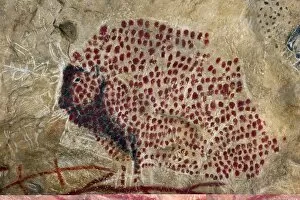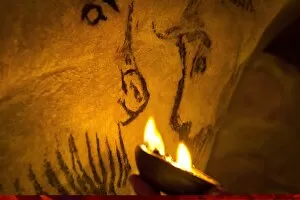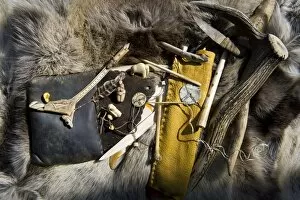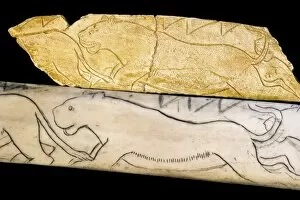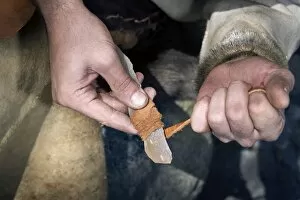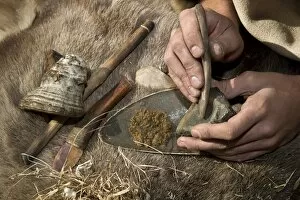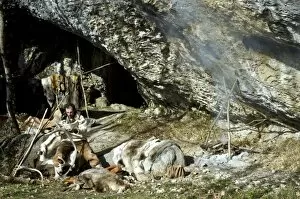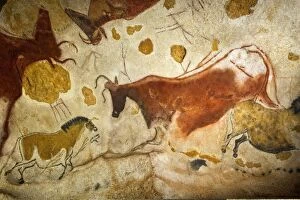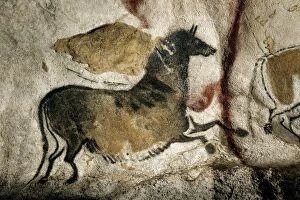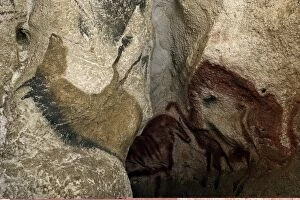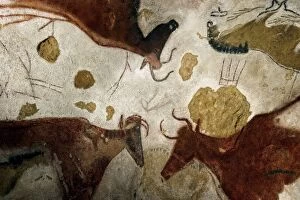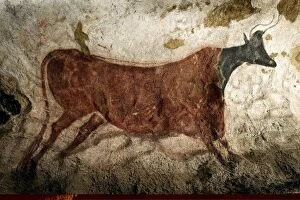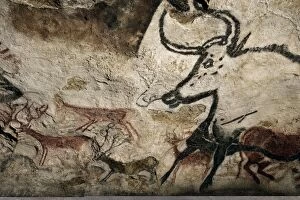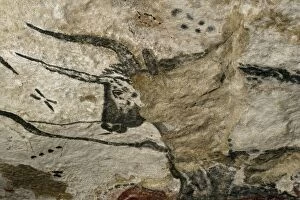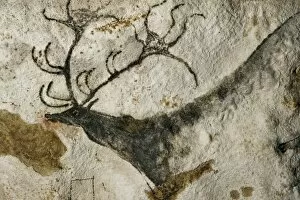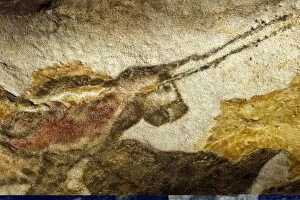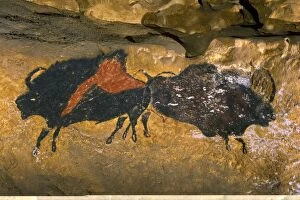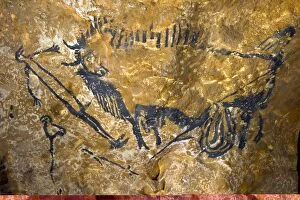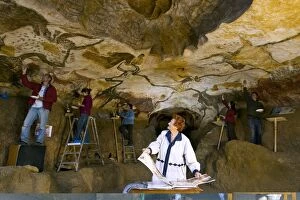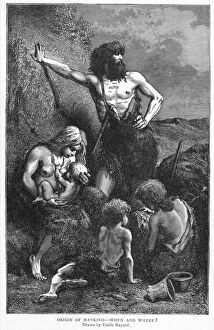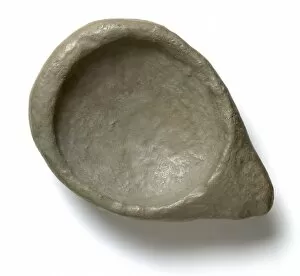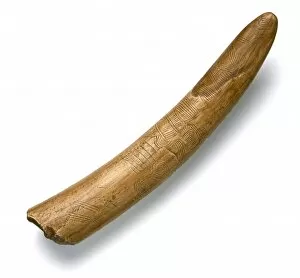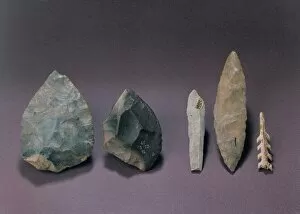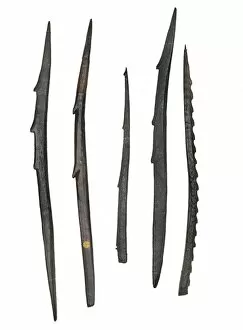Stone Age Collection (#24)
Journey back in time to the Stone Age and uncover the mysteries of our ancient ancestors
For sale as Licensed Images
Choose your image, Select your licence and Download the media
Journey back in time to the Stone Age and uncover the mysteries of our ancient ancestors. Step into the Lascaux II cave painting replica C013 / 7378, a breathtaking recreation of prehistoric art that transports you to a world long gone. Marvel at the intricate details and vibrant colors of Stone-Age cave paintings found in Chauvet, France, as they offer a glimpse into the daily lives and beliefs of those who came before us. As you explore further, encounter the Avebury Stone Circle J900435, an impressive monument that stands as a testament to human ingenuity and craftsmanship. Feel the energy radiating from each stone as you walk among them, connecting with an ancient spirituality that still lingers today. Continue your journey to one of history's most iconic landmarks - Stonehenge. From afar, witness its majestic silhouette against the horizon; ahead FL01500_02_003 lies this enigmatic site shrouded in mystery. As you approach closer J850008 or bask in its beauty during sunset J870232, let yourself be captivated by its grandeur and ponder over its purpose - was it a sacred place for rituals or an astronomical observatory? Venturing northward to Scotland's Orkney Islands reveals another marvel: Skara Brae Prehistoric Village. Step inside these well-preserved dwellings N071215 and imagine what life was like for our distant ancestors thousands of years ago. Experience their resourcefulness firsthand as you wander through their homes carved out from stone. Returning once again to Stonehenge N071124 or Avebury Stone Circle K021103 allows for deeper contemplation on their significance within ancient cultures. These sites continue to intrigue archaeologists and historians alike with their alignment with celestial events or potential spiritual practices. Lastly, visit Castlerigg Stone Circle J850518 nestled amidst picturesque landscapes; feel connected not only to history but also nature itself.



